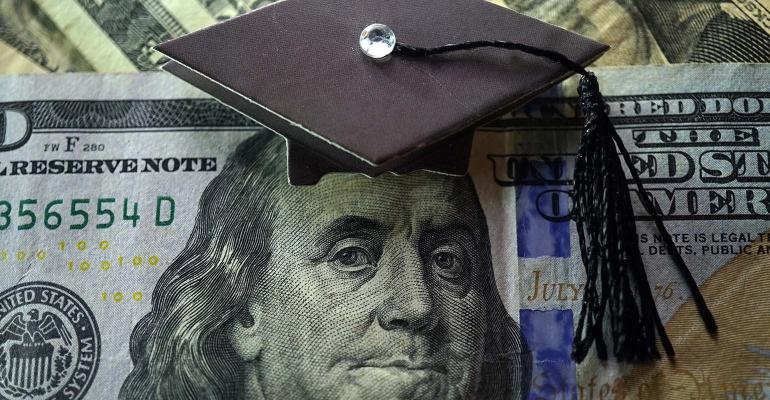It’s challenging to keep up with all the developments in the federal college loan space; but it’s important to understand them because they will be hugely important to millions of borrowers.
The media focused a great deal of attention on the U.S. Supreme Court’s ruling that squashed the Biden administration’s attempt to forgive up to $20,000 in loan debt for millions of borrowers. But for many Americans, other federal college loan changes will arguably be more important.
Here are two such developments you should know about:
Saving on Valuable Education
Right after the U.S. Supreme Court ruled on the loan cancellation case, the U.S. Department of Education rolled out the final version of a dramatically restructured income-driven repayment option that will be an improvement for many borrowers.
The restructured repayment plan, called Saving on Valuable Education, represents a superior deal financially than a current IDR option called Revised Pay As You Earn. SAVE will take over the REPAYE plan and those currently in the REPAYE plan will be automatically enrolled in SAVE.
Here are some attractive features of SAVE:
Millions of lower income borrowers will never have to repay any of their student loans. That’s because the discretionary income exemption for payments will rise from 150% of the federal poverty line to 225%. A single borrower making $32,800 and a family of four earning $67,500 will owe nothing.
In addition, payments on undergraduate loans will be cut from 10% to 5% of income above 225% of the poverty line. Graduate loan payments will be 10%. Borrowers who have undergraduate and graduate loans will pay a weighted average of between 5% and 10% of their income based on the original principal balances of their loans.
Another major benefit of SAVE is that the plan eliminates 100% of remaining interest for federal loans after monthly payments are made. If you make your monthly payment, your loan balance won’t grow due to unpaid interest. Traditionally, interest capitalization has been a major culprit of ballooning balances, even after borrowers have faithfully made years of repayments on their IDR plans.
The end of interest capitalization will be monumental, and the biggest beneficiary will be borrowers who racked up considerable debt obtaining a graduate or professional degree. This is one of the reasons why I think SAVE will trigger a big jump in college borrowing. Basically, the federal government will be giving individuals in graduate and professional schools an interest-free line of credit.
In another significant change, married borrowers will now be able to exclude their spouse’s income by using the married filing separately option, which REPAYE never allowed. This new option will have to be weighed with the greater income tax bill that typically is generated by filing taxes this way. That said, most borrowers are expected to come out ahead financially. Right now, couples who want to avoid their partner’s income choose the federal PAYE repayment plan, but this plan will stop being available to new borrowers after July 1, 2024.
Under SAVE, the federal government will forgive a loan after 20 years of payments for undergraduate borrowers and 25 years for graduate borrowers. Borrowers who owe less than $12,000, however, will have their loan balance disappear after 10 years.
While SAVE will be the best choice for millions of Americans saddled with federal student loans, it won’t always be the best option for everyone. Consequently, it’s crucial that your clients use a loan repayment calculator before making any move. The tool that I’d highly recommend is offered for free via Student Loan Planner. Student Loan Planner is an excellent source for student loan news and analysis.
Borrowers have traditionally been able to move from one federal income-driven plan to another, but that will be ending in the future as the federal government tries to steer borrowers into the SAVE option. Consequently, it’s important to pick the most appropriate repayment plan before switching is no longer available.
The Federal Student Loan Payment Freeze Ends
After a 3 1/2 year hiatus, borrowers must resume their federal student loan payments starting in October. The Biden administration is concerned that some borrowers still won’t be able to afford their payments so they are making the reentry into payment easier.
Borrowers can opt to delay payments for another 12 months (October 2023 to September 2024), but unlike during the payment pause that started in the early days of the pandemic, the interest on these loans will start accruing again. During the 12-month period, the Individuals who don’t start repaying in October will not have their missing payments reported to the credit bureaus or referred to debt collection firms.
Lynn O’Shaughnessy, a nationally recognized college expert, offers an online course – Savvy College Planning - exclusively for financial advisors. Click here to get Lynn’s guide, Finding the Most Generous Colleges.

